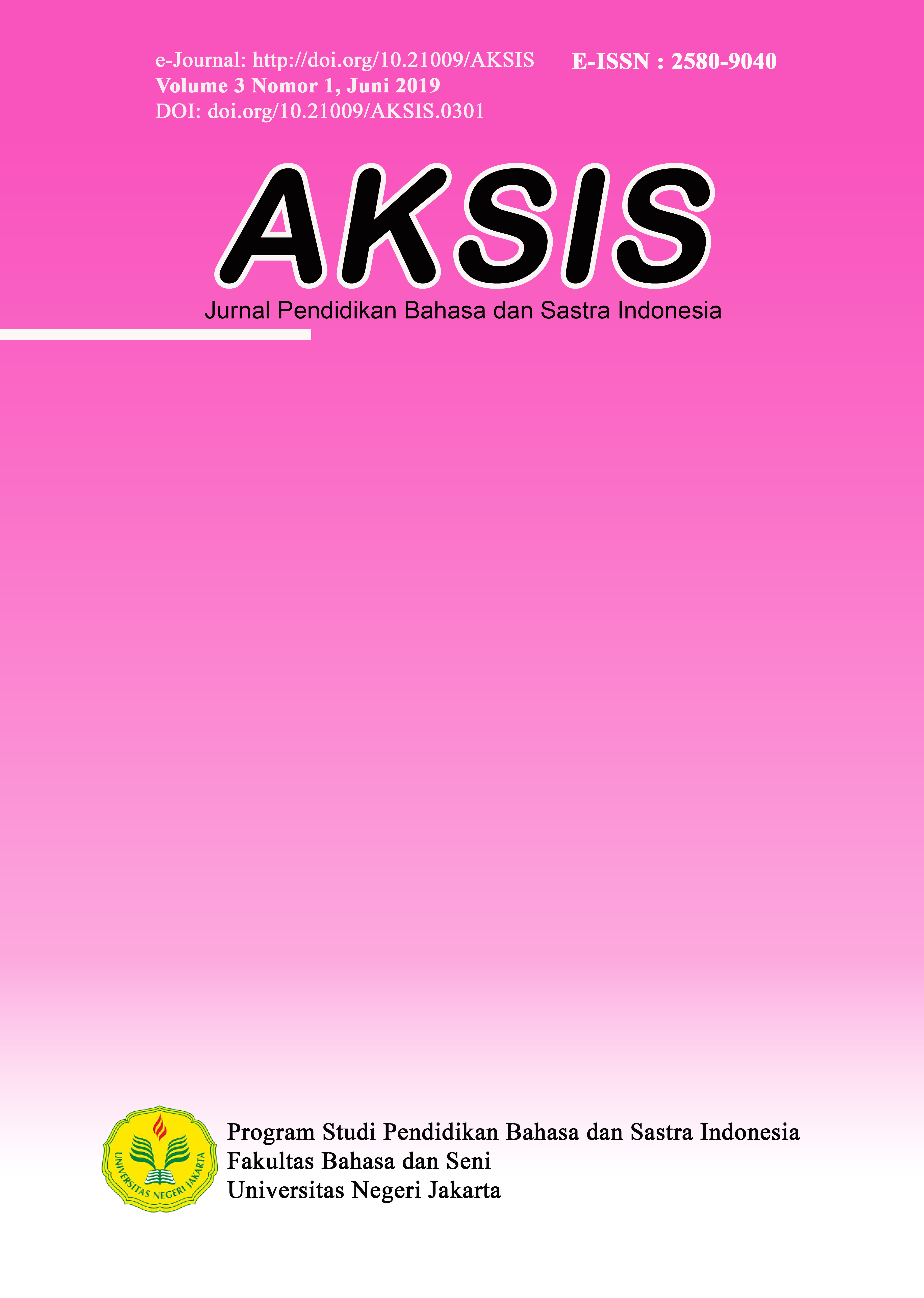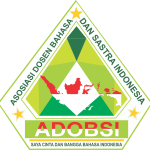The Myth of Sandekala in Novel Senjakala by Risa Saraswati Based on Lévi-Strauss’ Structuralism Approach
DOI:
https://doi.org/10.21009/AKSIS.030119Kata Kunci:
myth of sandekala, Lévi-Strauss’ structuralism, Senjakala by Risa SaraswatiAbstrak
This study was aimed to obtain information about the sandekala myth contained in Senjakala by Risa Saraswati. The method used in this research was descriptive qualitative method. The geographical level analysis results showed that the depiction of the location of the myth in the Senjakala often linked to something haunted and mystical. Something that is haunted and mystical refers to the disturbance of spirits that often appeared when the sunset. The techno-economic level analysis results showed that the economic depiction of the figures could influence the character's behavior in believing in myths. The sociology level analysis results showed that people who own the myth have a high religious personality characterized by religion has always being used as a basis in various aspects of life, including in avoiding interference from spirits. The cosmological level analysis results showed that the events of the figures who were often disturbed by spirits during sunset. Based on these four levels, the myth of sandekala in Senjakala by Risa Saraswati was shown by the disturbances of spirits that often appeared during sunset. This research can be implicated in the study of literature at high school grade 12th of Curriculum 2013 Revision 2018 contained in BC 3.9 Analyzing the content and linguistic elements of novels and 4.9 Designing novels or novelets with regards to the content and linguistics both verbally and written. Students are expected to be able to analyze the content and linguistic elements of the novel through intrinsic elements and the language style of the novel and having wisdom in addressing the existence of myths.






